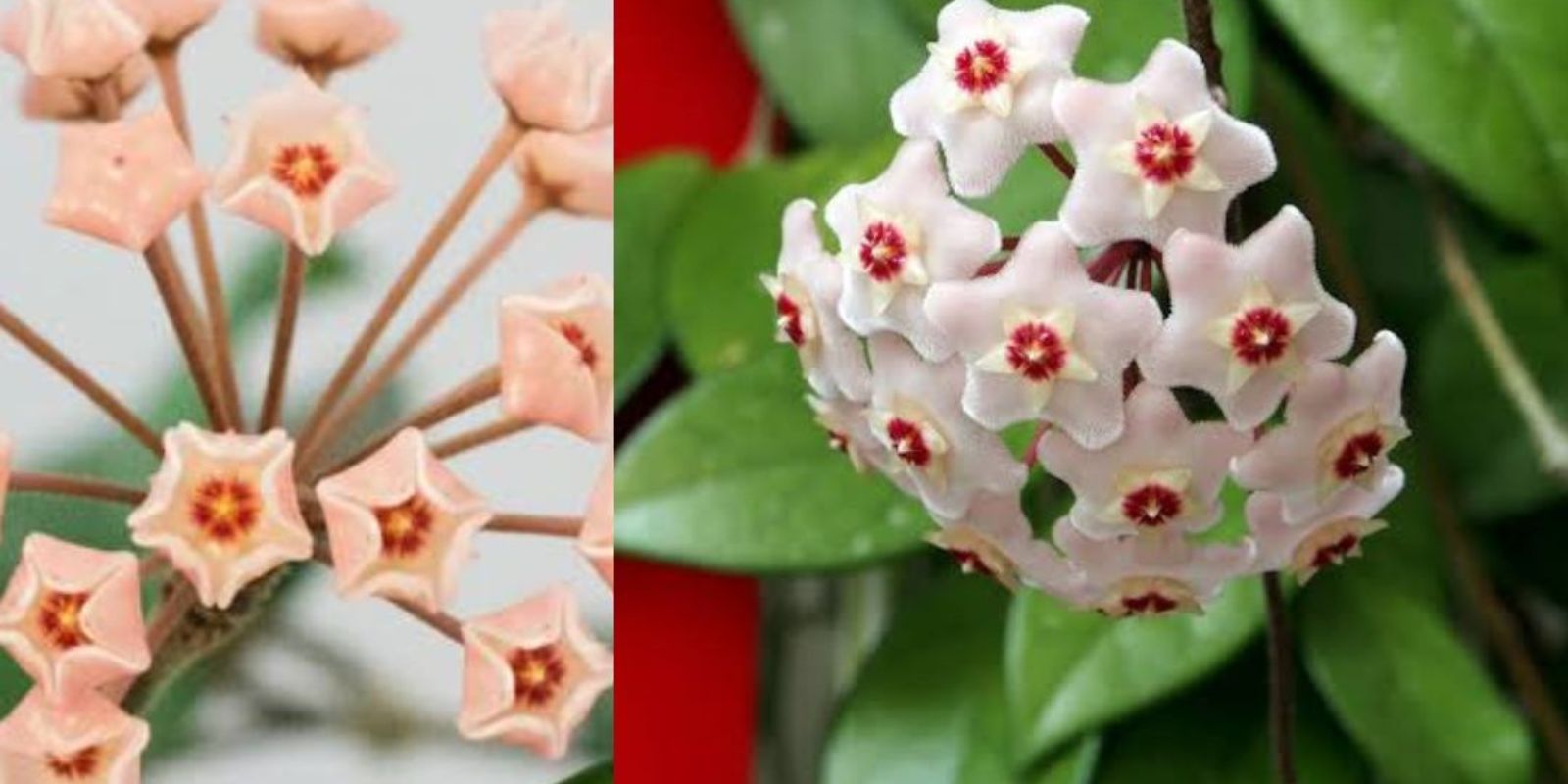The wax flower, or Hoya, is a beloved houseplant known for its thick, waxy leaves and stunning, fragrant flowers. While these plants are relatively easy to care for, getting them to bloom profusely can be a challenge for many plant enthusiasts. However, with the right techniques and care, you can transform your Hoya into a show-stopping centerpiece adorned with hundreds of flowers. Here’s everything you need to know to achieve a stunning bloom.
Understanding Your Hoya Plant
Hoyas are tropical plants native to Asia and Australia, where they thrive in warm, humid conditions. They are epiphytic, meaning they grow on other plants or surfaces, deriving nutrients from their environment. The key to getting Hoyas to bloom lies in replicating their natural habitat as closely as possible while providing specific care tailored to their needs.
Essential Care Tips for Abundant Blooms
1. Choose the Right Spot: Bright, Indirect Light
Hoyas thrive in bright, indirect light. While they can tolerate some direct morning sun, intense afternoon sunlight can scorch their leaves.
- Ideal Placement: East-facing windows are perfect for morning sunlight, while south or west-facing windows with filtered light also work well.
- Avoid Darkness: Insufficient light is one of the primary reasons Hoyas fail to bloom. If growing indoors, you may use a grow light to supplement natural light.
2. Use Well-Draining Soil
Good soil is essential for healthy growth and blooming. Hoyas prefer a mix that mimics their natural epiphytic environment.
- Recommended Mix: Combine peat moss, perlite, and orchid bark for a light, well-draining medium. Avoid compacted or overly dense soil, which can lead to root rot.
- Repot Sparingly: Hoyas bloom best when slightly root-bound, so repot only when necessary, typically every 2-3 years.
3. Water with Care
Improper watering is another common reason Hoyas fail to bloom. These plants prefer a balance between moisture and dryness.
- When to Water: Allow the top inch of soil to dry out before watering. During the growing season (spring and summer), you may need to water more frequently.
- Avoid Overwatering: Ensure the pot has drainage holes to prevent water from pooling at the bottom.
4. Fertilize for Flowers
Feeding your Hoya with the right nutrients can significantly impact its ability to bloom.
- Balanced Fertilizer: Use a balanced fertilizer during the growing season, such as a 10-10-10 formula.
- High-Phosphorus Fertilizer: Switch to a fertilizer with higher phosphorus content during the flowering season to encourage more blooms.
- Frequency: Fertilize every 2-4 weeks in spring and summer, reducing in fall and winter when the plant is dormant.
Encouraging Hoya Blooms
1. Do Not Cut Old Spurs
Hoyas bloom from spurs (short, woody stems) that develop over time. After the flowers fade, avoid cutting these spurs, as they will produce new blooms in the future.
2. Mimic Dormancy
To prepare your Hoya for an abundant bloom, reduce watering and fertilizing during the winter months. This dormancy period helps the plant store energy for flower production in the spring.
3. Maintain Optimal Humidity
Hoyas love humid environments, which mimic their tropical origins.
- Humidity Levels: Keep humidity between 40-60%.
- How to Increase Humidity: Use a humidifier, mist the plant occasionally, or place a tray of water near it.
4. Avoid Moving the Plant
Hoyas dislike being moved, especially when in bloom or about to flower. Changes in location can cause stress and may result in bud drop or delayed blooming.
5. Prune Sparingly
Pruning should be minimal and only for removing dead or damaged leaves. Over-pruning can delay blooms as the plant needs time to recover.
Troubleshooting Common Hoya Problems
1. Why Isn’t My Hoya Blooming?
- Insufficient Light: Move the plant to a brighter location with indirect sunlight.
- Overwatering: Adjust your watering routine to let the soil dry out between waterings.
- No Dormancy: Ensure the plant experiences a rest period during winter.
2. Pests and Diseases
Hoyas are relatively pest-resistant but can sometimes attract mealybugs, spider mites, or scale insects.
- Prevention: Keep the plant clean by wiping leaves with a damp cloth.
- Treatment: Use neem oil or insecticidal soap for infestations.
Propagating Hoya for More Blooms
If you want more Hoya plants to enjoy or share, propagation is simple and rewarding.
1. Propagation from Stem Cuttings
- Cut a 4-6 inch section of a healthy stem with at least two nodes.
- Remove the lower leaves and place the cutting in water or moist soil.
- Keep the cutting in bright, indirect light and high humidity.
- Roots typically form in 4-6 weeks.
2. Division
For mature Hoyas, you can divide the plant during repotting. Ensure each division has a healthy root system and at least one growth point.
Maximizing Bloom Potential
Here are some bonus tips for ensuring your Hoya produces hundreds of blooms:
- Rotate the Pot: Occasionally rotate the pot so all sides of the plant receive equal light.
- Clean the Leaves: Dust can block light from reaching the leaves, so gently clean them with a damp cloth.
- Regular Observation: Check your plant frequently to catch any early signs of stress or pest infestation.
Why Hoyas Are Worth the Effort
The wax flower is more than just a beautiful addition to your plant collection. Its fragrant, star-shaped blooms are a joy to behold, and the process of caring for and nurturing the plant is deeply rewarding. With patience and the right care, you’ll be rewarded with a cascading display of flowers that will captivate anyone who sees them.
Are you ready to make your Hoya bloom like never before? Share your progress or ask questions in the comments below. Let’s grow together! 🌸

